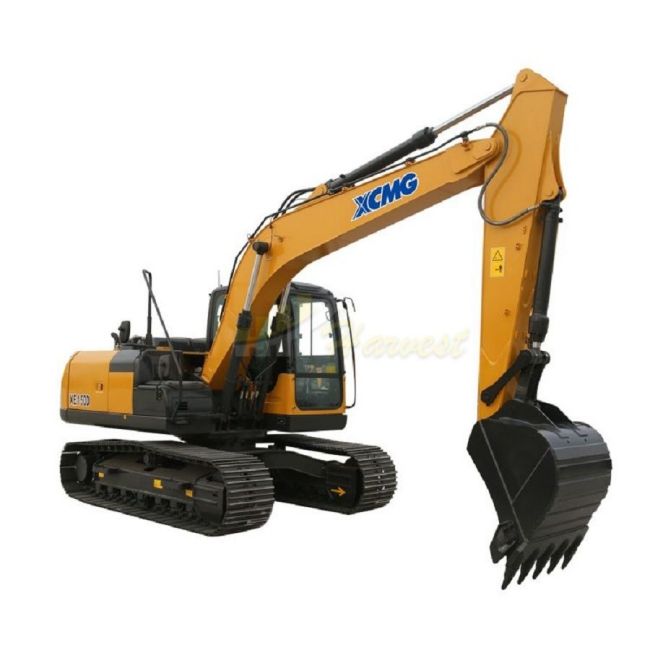Jul. 23, 2020
The arrival of rain brought the flying dust back to the origin of the earth, and the harsh summer sun also bid farewell to this, and the rare coolness embraced the entire construction site. But more is to bring big trouble to the construction site.
Earthwork encounters heavy rainfall, and the mud on the construction site has caused a great burden on the cleaning and maintenance of the excavator; coupled with the floating soil on the construction site, once the excavator is caught, it is difficult to pull out without a crane. The cost of the crane is also a large expense; what's dangerous is that the machines constructed in mountainous areas have greatly increased the probability of encountering natural disasters such as mudslides and landslides.
If a worker wants to do his job well, he must first sharpen his tools. Whether it is idle or normal operation, the maintenance and use of excavators in the rainy season are worth noting.
What aspects should be paid attention to during the maintenance and construction of excavators in the rainy season? Some common problems that tend to occur during the rainy season should be eliminated from what?

First, inspection and maintenance in the rainy season
1. Before leaving the excavator, check whether the cab is leaking, whether the seat can be flexibly adjusted, whether the lock is reliable, whether the air conditioner has leakage or abnormal noise, and whether the cooling and heating effect is normal.
2. Pay attention to the abrasion of the sealing ring on the engine oil dipstick to prevent rainwater from leaking into the oil due to its abrasion, and the oil filling port should also be checked.
3. Check the excavator accessories such as the filter element of the air filter to avoid rainwater from entering, causing the paper filter element to deteriorate and become blocked, and replace and maintain it in time.
4. Store the machine in a dry place indoors, clean the machine thoroughly, and remove the dirt and debris on the machine.
5. When parking in the open air, pay attention to check whether the fuel tank and hydraulic fuel tank caps are tightly closed to prevent rainwater from leaking into the fuel tank.
6. Clean the main air filter element and lubricate all lubrication points. If possible, retract all cylinders; if not possible, apply grease to the exposed hydraulic cylinder rods for protection, and place tracks on long and stable pads.
7. After the battery is fully charged, remove the battery and store it in a dry and safe place. If it is not removed, turn off the main power switch, or disconnect the battery negative cable connection from the terminal.
The above information is provided by excavator for mining manufacturer.
Tel: +86 370 5526 616
Mob: +86 155 6587 2525
E-mail: jessie@machinery-trucks.com
Skype: +86 155 6587 2525
WhatsApp: +86 155 6587 2525
QQ: 529613450
Add.: Room 2905, 29th Floor, Jin Boda Plaza, CBD, Yongcheng, Shangqiu, Henan, China
Copyright © Henan Harvest Machinery & Truck Co., Ltd. All Rights Reserved | Sitemap |